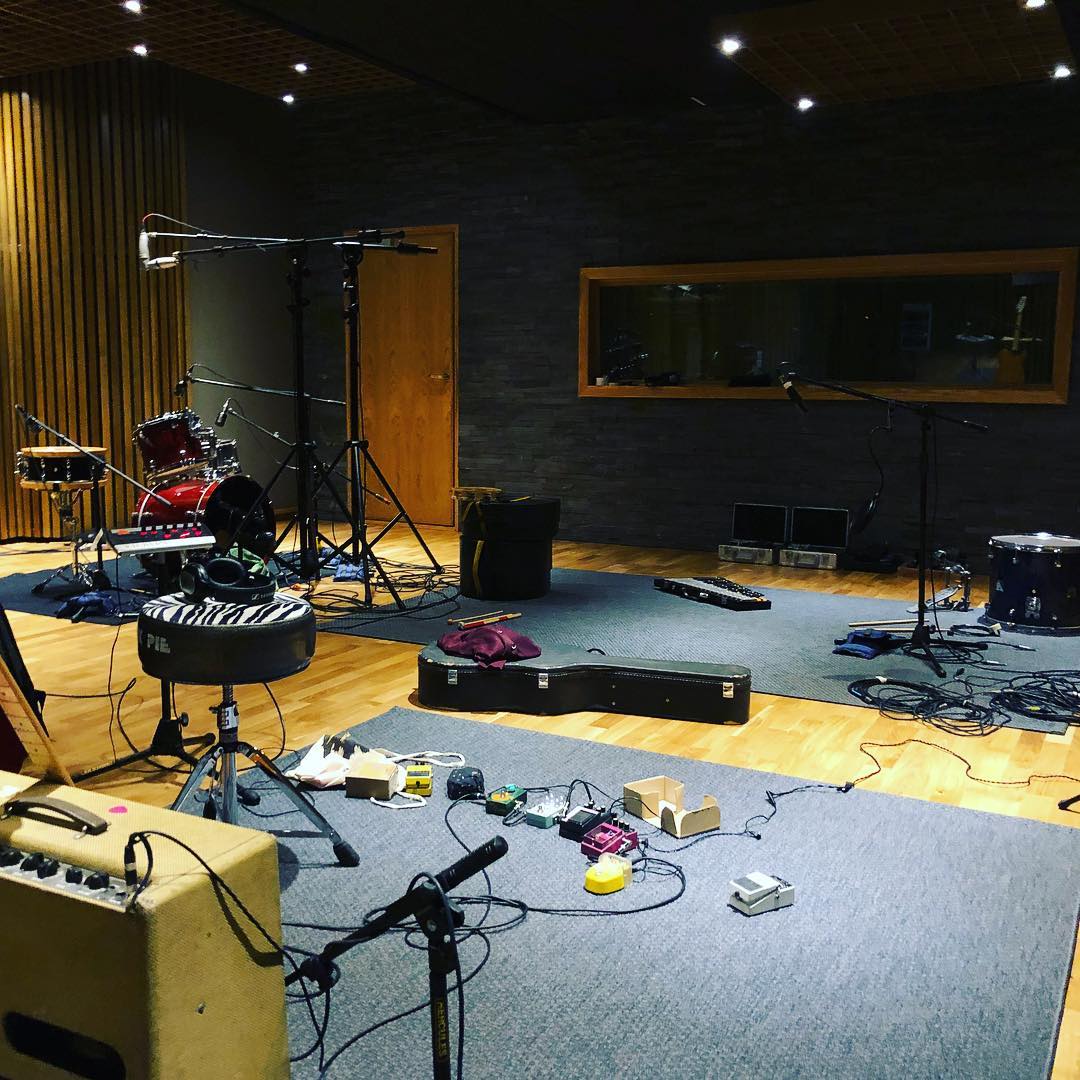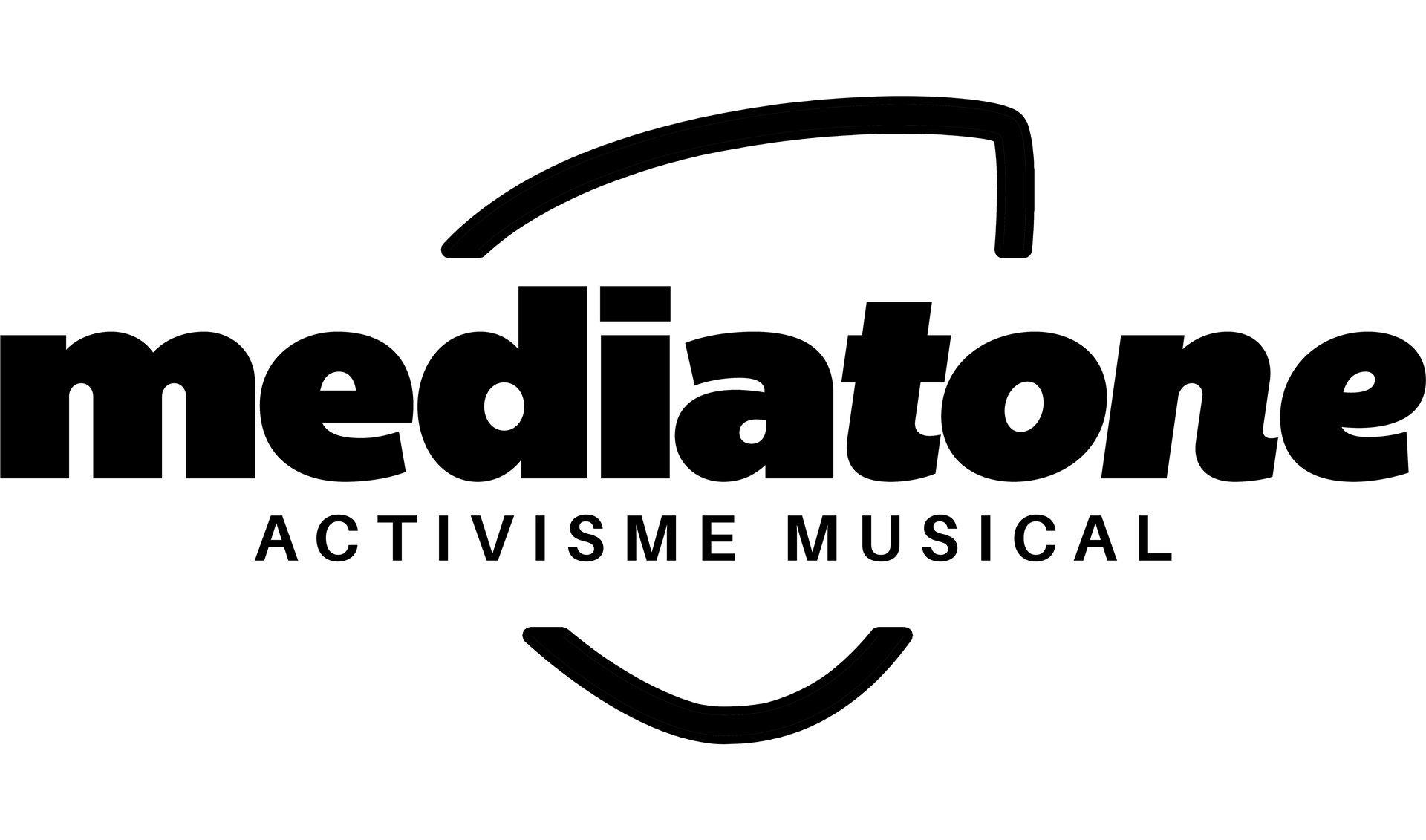Various ways of co-writing
Collaborating on a song can have various meanings. There are plenty of approaches to how two or more people can engage in writing/creating a song and that can vary according to the style of music. Today I will go over the case where one person provides lyrics and another the music.
A classic way of collaborating on a song is one person writing the lyrics and another putting music on those lyrics. Even a seemingly simple and straightforward approach like that still has many scenarios and techniques deriving from it. Let us first take the case of the finished lyrics handed to the composer to make them a song. These lyrics can be written in a classic song form, like verse, chorus, bridge etc. They might also be in free form, meaning no particular meter in syllables or rhyming. It might be written as a poem and not a song. Maybe the lyrics are minimal, and the lyricist is open to the composer to use certain phrases repeatedly, stretching them, cutting them up and so forth. The lyricist and composer could either be in close collaboration, meaning that the composer could be communicating ideas back and forth with the lyricist, especially if the lyricist is also a musician themselves, or have no communication at all after the handing over of the lyrics. In the first case, it is possible that the two collaborators shift things as they go, replace words, change rhymes, tweak melodies around and so forth until the result satisfies both. In the second case there will be minimal or no communication.
On the flipside, we have the scenario where a composer / producer creates a piece of music. This can be a chord sequence and a melody, it can been a rhythmic pattern with a simple harmonic sequence and no melody. It could be a full-blown production with a complete form, which just needs melody, lyrics and vocals. This is where the term ‘topliner’ comes into play, a job description that is very common in the music industry these days. In this case, we usually have a producer creating the track and handing it over to the topliner, who will be constrained in key, tempo, and the biggest aesthetic part of the track. This is a typical way of how two artists can have a long-distance collaboration, probably never even meeting in person, managing to have a finished product over a few emails and phonecalls. But, again, this process can also be stretched out into new areas. For example during lockdown in Cyprus in 2020, my friend with whom we have an electronic music project for many years sent me a complete track of synths. As far as I remember, the idea was initially to topline the track. Eventually I ended up adding acoustic piano and lots of acoustic percussion taking the track into new areas texture-wise and form-wise. This was all done from a distance with a lot of discussions through video calls. My point is that there is never one way and it is always exciting to keep stretching the possibilities.
We will discuss other ways of co-writing in later blog posts.
Posted by
Lefteris Moumtzis / Louvana Records Artistic Director





